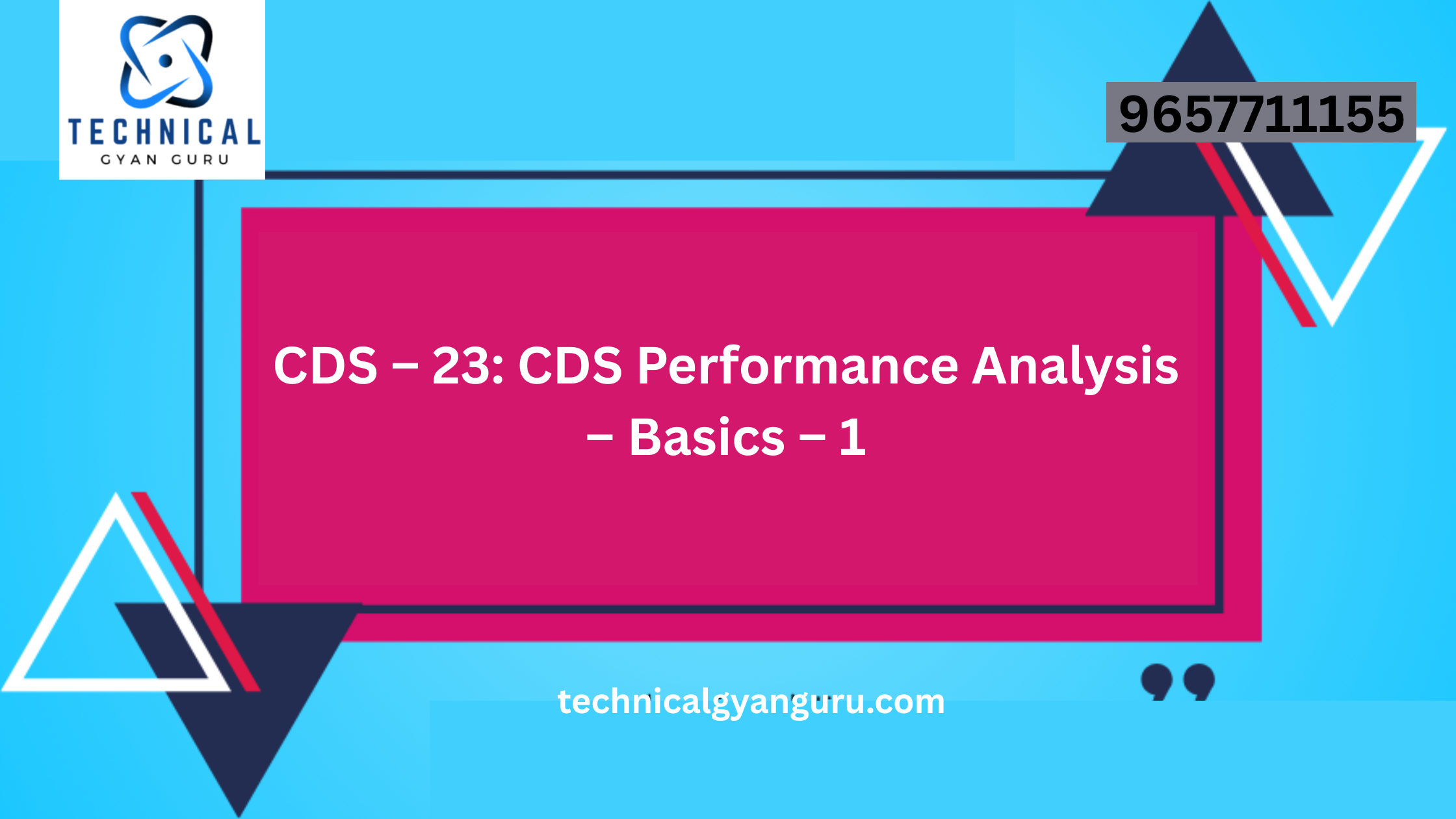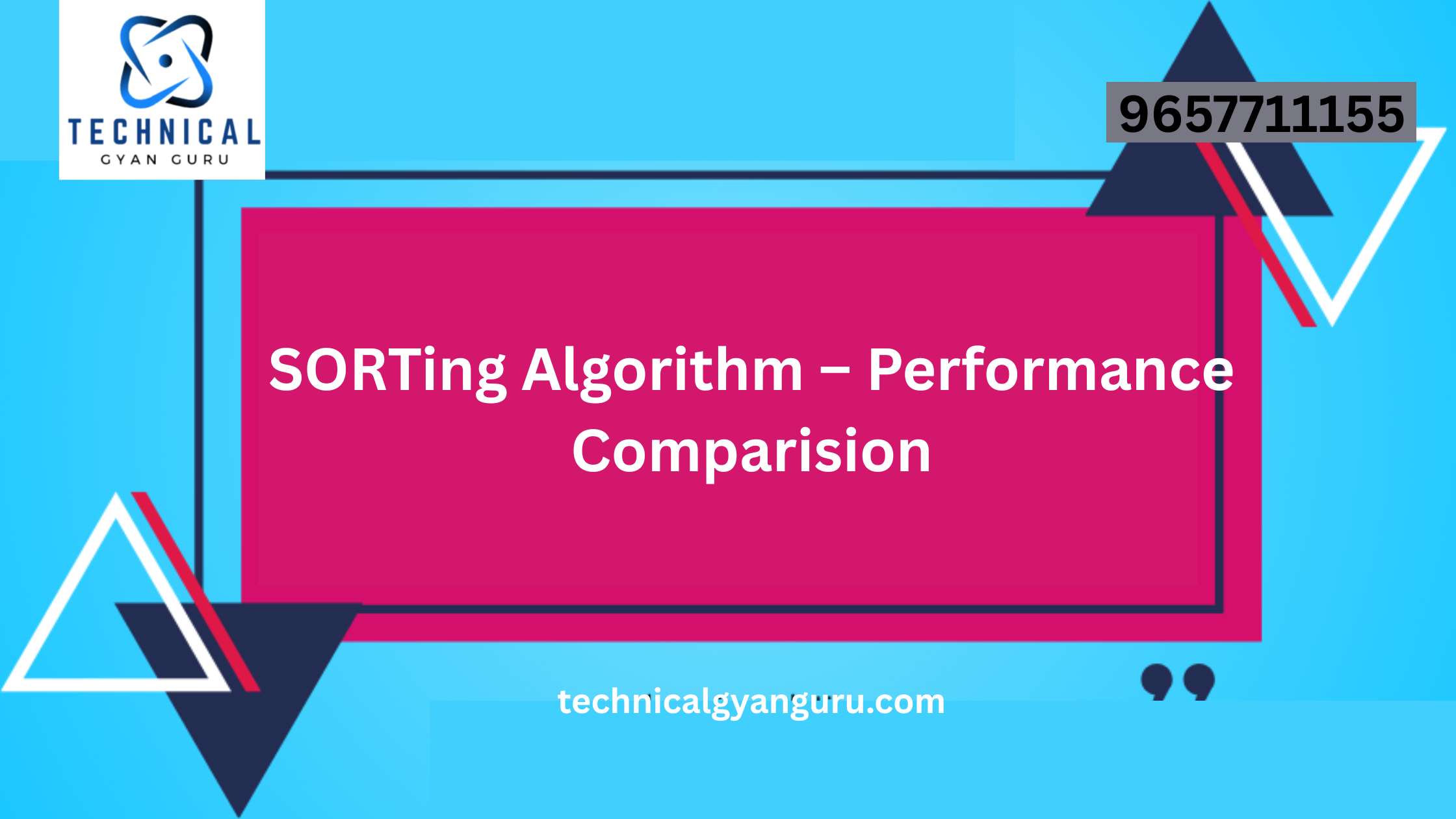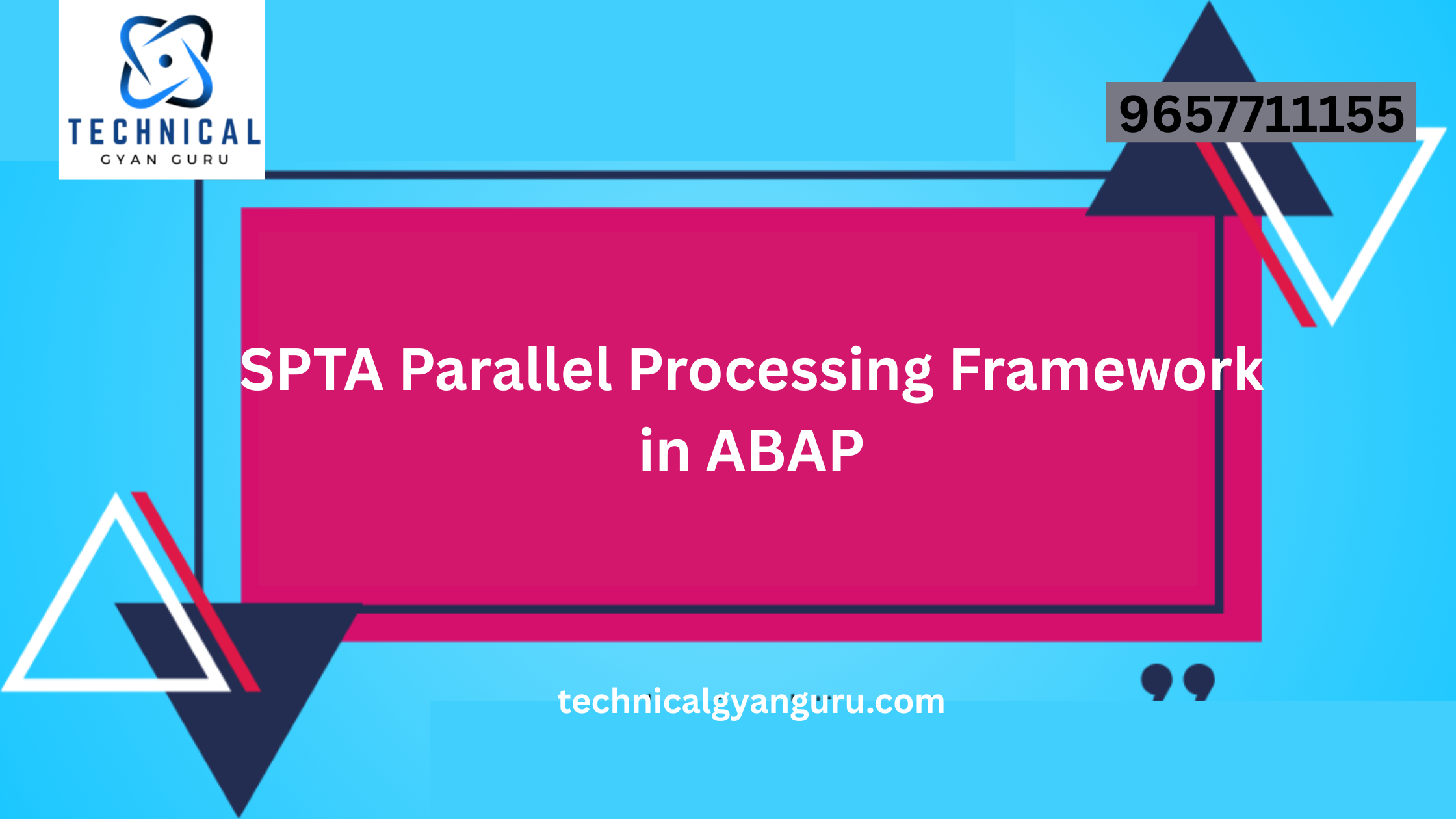
Discover the robust SAP HANA architecture, designed for high performance and real-time analytics. Learn about its components, and implementation strategies
SAP HANA, a high-performance in-memory database, has revolutionized data processing and analytics. Its unique architecture enables lightning-fast query responses, complex data processing, and real-time insights. This blog delves deep into the intricacies of SAP HANA’s architecture, exploring its core components, data management, and performance optimization strategies.
Core Components of SAP HANA Architecture
SAP HANA (High-Performance Analytic Appliance) is an advanced in-memory database platform designed to handle both high transaction rates and complex query processing on the same platform. Its architecture is meticulously crafted to provide high performance, flexibility, and scalability. In this blog, we will explore the core components of SAP HANA architecture, offering insights into how they contribute to the system’s efficiency and robustness.
SAP HANA’s architecture comprises several key components that work in tandem to deliver exceptional performance and scalability:
- In-Memory Database Engine: The heart of HANA, this engine stores and processes data entirely in memory, eliminating the need for disk I/O.
- Columnar Storage: HANA employs columnar storage, optimizing data compression and query performance for analytical workloads.
- Index Server: Responsible for managing data access and query processing, the index server is the primary component for handling user requests.The Index Server is the core component of SAP HANA responsible for processing SQL/MDX statements and performing data processing and analytics. It manages the persistence layer, which handles the actual storage of data, ensuring high-speed access and transactional consistency.
- Name Server: A central registry that maintains information about database objects and their locations.The Name Server manages the distributed system landscape, maintaining the topology of the SAP HANA database instances. It keeps track of the configuration information, including the location of components and the distribution of data across servers
- Preprocessor Server: Optimizes SQL queries before passing them to the index server for execution.The Preprocessor Server handles text data processing, enabling advanced text search capabilities within SAP HANA. It processes text data for functions like full-text search, text analysis, and fuzzy search.
- Statistics Server: .The Statistical Server collects performance and usage statistics about the SAP HANA system, providing insights into system health, resource utilization, and query performance
Data Management in SAP HANA
SAP HANA offers robust data management capabilities, including:
- Data Types: Supports a wide range of data types, from simple numbers and text to complex structures like hierarchies and geospatial data.
- Data Compression: Employs various compression techniques to reduce storage requirements and improve query performance.
- Data Partitioning: Distributes data across multiple nodes for scalability and performance.
- Data Replication: Provides high availability and disaster recovery options through data replication.
Performance Optimization in SAP HANA
SAP HANA’s architecture is designed for optimal performance. Key optimization techniques include:
- Parallel Processing: Leverages multiple cores and processors for concurrent query execution.
- In-Memory Calculation Engine: Performs complex calculations directly in memory, accelerating analytical processing.
- Adaptive Index Management: Automatically creates and maintains indexes based on query patterns.
- Query Optimization: Intelligent query optimization techniques to minimize resource consumption and maximize performance.
Advanced Features and Use Cases
Beyond its core architecture, SAP HANA offers advanced features and caters to various use cases:
- Spatial Data Processing: Efficiently handles geographic data and spatial analysis.
- Text Analytics: Enables text mining and sentiment analysis.
- Predictive Analytics: Supports building predictive models for forecasting and decision support.
- Integration with SAP Applications: Seamlessly integrates with SAP ERP, CRM, and other applications.
Conclusion
SAP HANA’s architecture is a testament to its ability to handle massive datasets and deliver real-time insights. By understanding its core components, data management strategies, and performance optimization techniques, organizations can harness the full potential of HANA to drive business growth and innovation
you may be interested in this blog here:-
SAP Fiori Elements Streamlined UI Development Guide
AI Text Generator: Powering Up Creativity in 2024 and Beyond
Navigating the Phases of SAP Implementation Project: Journey








